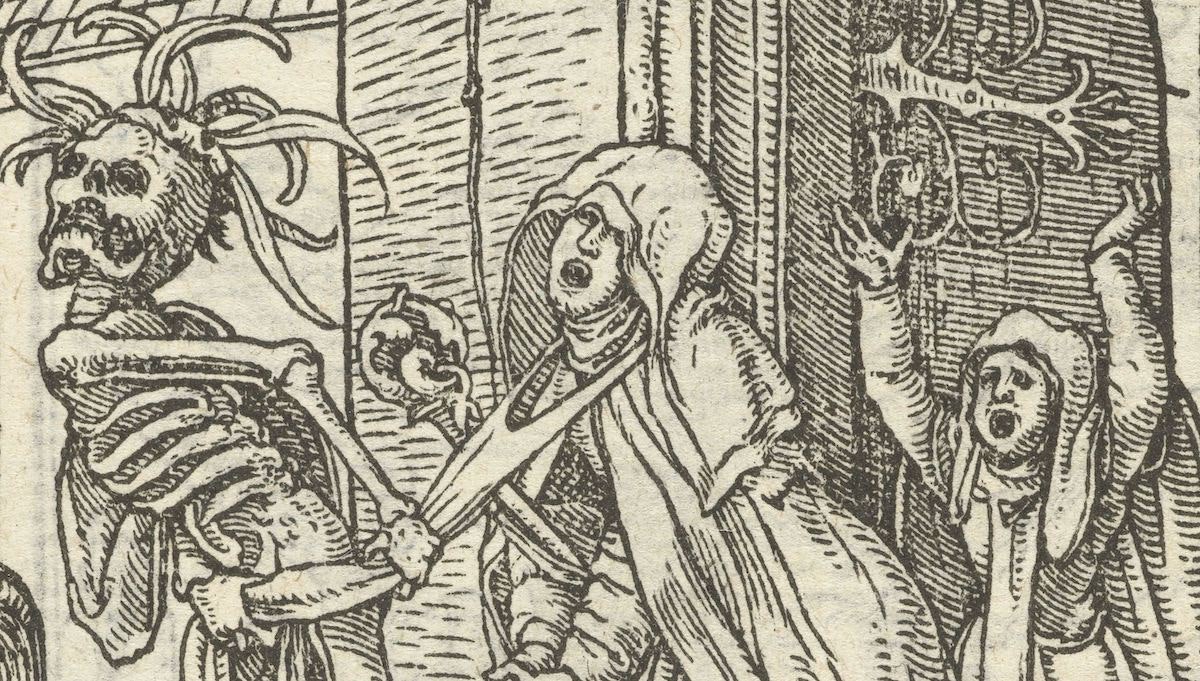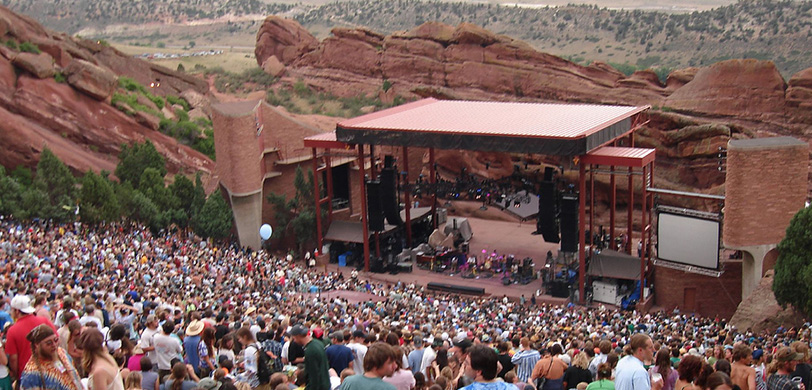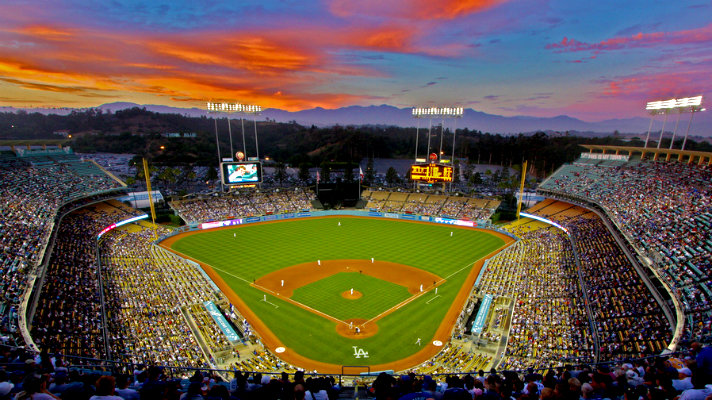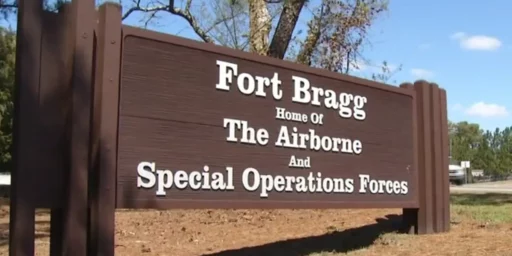The Faceless Pandemic
It's easy to mismanage what we don't have to see.

Roughly a year after the COVID pandemic started, the casualties are still largely invisible. There have been a few exceptions: the tired faces of doctors and nurses; the mobile morgues during the peak of New York City’s crisis; the mass graves dug during the early days of the pandemic; the occasional picture of a sick individual web conferencing with family; the bruised, exhausted faces of doctors and nurses in COVID wards. Still, with 343,851 dead Americans, as of this writing — a Pearl Harbor or a 9/11 attack every day, at the current rate — one might have expected to see more of the human face of COVID-19’s dreadful costs. As in other crises, numbers provide a much less vivid and compelling story than pictures.
Now, as it turns out, that wasn’t completely accidental:
AS COVID-19 TORE through the United States in the spring, a senior official in the Trump administration quietly reinforced a set of guidelines that prevented journalists from getting inside all but a handful of hospitals at the front line of the pandemic. The guidelines, citing the medical privacy law known as HIPAA, suggested a nearly impossible standard: Before letting journalists inside Covid-19 wards, hospitals needed prior permission from not only the specific patients the journalists would interview, but also other patients whose names or identities would be accessible.
But the Trump Administration, predictably willing to prioritize PR over public safety, wasn’t the only culprit here. News outlets certainly were unwilling to show pictures as disturbing as, say, the awful plight of patients on ventilators. They also failed to explain the COVID numbers in terms that even innumerate Americans might kinda, sorta understand. For example, here is Red Rocks Amphitheater, a popular live music venue outside of Denver, which has a seating capacity of 9,500 people.

Now, imagine filling Red Rocks 36 times. With each new seating, everyone dies. Then we fill it up again.
Or here’s Dodger Stadium in Los Angeles, which has a seating capacity of 56,000. Fill it up and empty it 6 times.

Fort Myers, Florida, where many retirees are strong Trump supporters, has a population of 82,254 people. The pandemic has killed the equivalent of four Fort Myers.
Or just take the Trump inauguration crowd, which from satellite photos experts have estimated attendance to have been between 300,000 and 600,000, and kill between half and all of the people who came to cheer the beginning of the Trump administration.
Part of the problem is cultural. In other societies, news outlets are less delicate about showing the carnage from violent crimes, accidents, military operations, and other lethal events. While we might rubber-neck our way past a real car crash, the local TV news stations don’t show their viewers the same carnage. But one might think, in the face of a pandemic that brought America to a standstill, killed hundreds of thousands, sickened many times more, and created other forms of hardship, we might not want to avert our eyes quite as much.
No one can say for sure what the inability to visualize the pandemic has done to the fight against the pandemic. However, it certainly didn’t help. Months into the pandemic, we still have COVID deniers, people who think going maskless is an expression of personal liberty, vaccine opponents, and herd immunity advocates. None of them have to confront the human face of COVID and explain their positions.






Well said.
I have thought from the beginning that the lack of visuals was part of why so many have not taken this seriously. I am not at all shocked that the Trump administration helped further that situation.
Move on, move on. Nothing to see here. Go to the mall, your favorite restaurant, buy stocks… Gee it’s too bad about grandma…
On the 20th the tune from DC will change, but the response by the populace is ingrained.
Funny, I remember the videos on tv (and magazines) from my generation’s Land War In Asia™. Of course, those were images of individuals lighting themselves on fire, or learning to fly from Hueys, or being at the wrong end of a small caliber revolver in an officer’s hands.
OTOH, those were individuals, and half-way around the world. Not here. Not now. And not our people. Apparently our corporate masters have gotten a tad squeamish.
ARGGHHHH!!!!!!
This is ridiculous. It wasn’t a choice by the Trump administration. It is the freaking law. I despise the current administration as much as everyone but this isn’t something new. It is the long-established law. Black letter, basic law. Just stop with this horrendous, ignorant, ill-informed, ridiculous take.
And I absolutely freaking guarantee that all those people screaming that of course they should have allowed *those* people’s privacy be violated without their consent would scream bloody murder about their own being violated.
Put simply, this is a bad take and everyone pushing it should feel bad about themselves.
Erudite scholars on Parler right now are asking “why this DemoCrap [Biden] hasn’t caught it yet.”
@Teve:
Well, clearly not because he and the people around him wear masks, and practice social distancing, and take other precautions including testing. Surely that can’t be it.
And the window’s closing. He’s had the first dose of the BioNTech vaccine. His odds of catching COVID may already be down to 48% if he’s exposed*. In a couple more weeks, they’ll be down to 5%.
And if he continues with the practices outlined on top, the odds of exposure are low to begin with.
*I read one of the two mRNA vaccines, but can’t recall which, had 52% efficacy after the first dose**. presumably this was gleaned from people who got infected before they could get the second dose.
** I wonder if this means 52% of those vaccinated are immune after the first dose.
@SKI: Read the article. Various parts of HIPAA have been relaxed due to COVID-19; the media restrictions have not. It’s debatable if the media restrictions should have been lifted/altered or not, but it’s not the law. It’s the way the law is being interpreted or enforced.
@Kevin McKenzie: With all due respect, the article is ignorant and wrong.
I’m very well aware of what has been relaxed and what hasn’t. It is literally my job. I’m a health care compliance officer. In addition to my law degree and dozen years as a chief compliance officer, I hold certifications in healthcare compliance and health care privacy compliance. I’ve read the actual law, the regulations, all the published exceptions and spent weeks navigating how to navigate those exceptions as we modified practice in this pandemic. If you want to read the actual exceptions and guidance related to them, they are all here: https://www.hhs.gov/hipaa/for-professionals/special-topics/hipaa-covid19/index.html
What was “relaxed”, other than the portions related to telemedicine and the need for business associate agreements with technology vendors as we stood up telemedicine without delay to provide care, are all fairly standard in major emergencies (check out the similar issuances in the wake of hurricanes for example). They relate to coordination of care and working to help keep people safe in a crisis. They NEVER allow waiver of patient’s consent for media exposure or dissemination of their PHI to the public broadly. The reporter either is ignorant or duplicitous.
@SKI:
Going along with what you have shared, I will never forget the heartbreaking stories of front line medical staff graciously serving as intermediaries between the dying and their families. If this was a necessary reality, I am not upset that the press weren’t given special access to make a case that was unlikely to change any minds.
This is of the same piece as to why it is so easy to have American military forces stationed all over the world in all kinds of escapades–since we see very little to none of that on TV and since it is an all-volunteer force, none of it touches the lives of most Americans and so most people don’t even think about it…
Ok, I just gotta say “Bullshit.” Want to see the depraved indifference on Derrick Chauvin’s face as he slowly throttles the life out of George Floyd’s body? It’s right there on the internet. Want to see Tamir Rice die? Click here. Walter Scott? The same. Laquan McDonald take 17 bullets? Etc etc etc.
There is a difference. I think everyone here can figure out what that difference is. People aren’t seeing what they don’t want to see, but they feast on everything else. Same as it ever was.
I am devastated. A man who, at 18 years old, took the time out of his senior year to recognize my depression and talk me out of a serious suicide attempt at 14, and went on to continue saving lives on helicopters as a trauma nurse in Orlando, has died of COVID. No prior medical conditions, 49 years old.
He was the light, in a world full of evil.
Let his face be the face of “It can’t happen to me.” He knew it could happen to him, and he still went in every day to SAVE LIVES. He is one of uncountable medical heroes we will lose to this virus.
https://www.gofundme.com/f/keep-steven-neher-fighting-for-life
Also, fuck Trump.
@SKI: You might note that I didn’t make the article the focus of my post. The main problem, I’m arguing, isn’t the aggressive enforcement of HIPAA restrictions, or safeguards against media exploitation of victims. Nor is it the Trump Administration’s effort to put PR ahead of public safety. It’s the American inability or unwillingness to see the casualties from our own decisions, from war coverage (for instance, the Highway of Death in Desert Storm) to now COVID. The media don’t help, to the extent that they fail to explain the numbers effectively.
@OzarkHillbilly: Yes, if you want to see the death of George Floyd, you can. We’re not in disagreement about that. Undoubtedly, if you want to see people leap from the Twin Towers on 9/11, you can see that, too, somewhere. I’m aiming my criticism at the people who purport to explain the shape, size, and importance of events to us, the same people on which many Americans rely for their understanding of the news. Yes, they do censor the images of death. No, they don’t do a good job of explaining the numbers. And that’s among the “normal” media outlets, with a few exceptions. Among the right-wing media outlets, the unwillingness to depict starkly what has been happening is a sin of commission, not omission.
We’ve gone from a society where we made public executions a community spectacle to a sanitized, invisible event. Neither is particularly good. At least when towns showed up for hangings, there was a moment for people to confront their own support for the execution of other human beings, by having to watch them die. Now, that moment never comes.